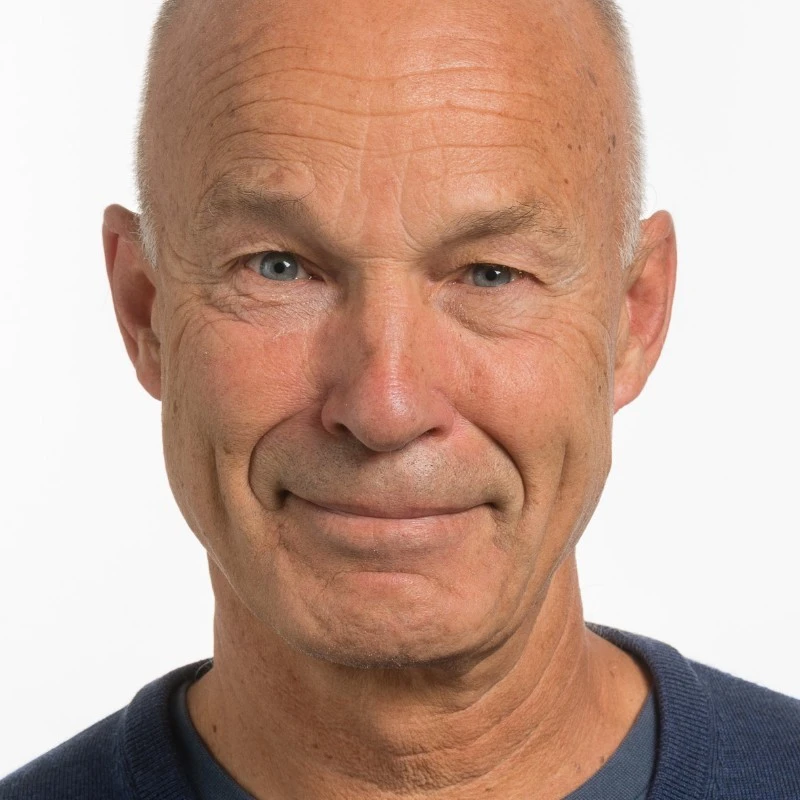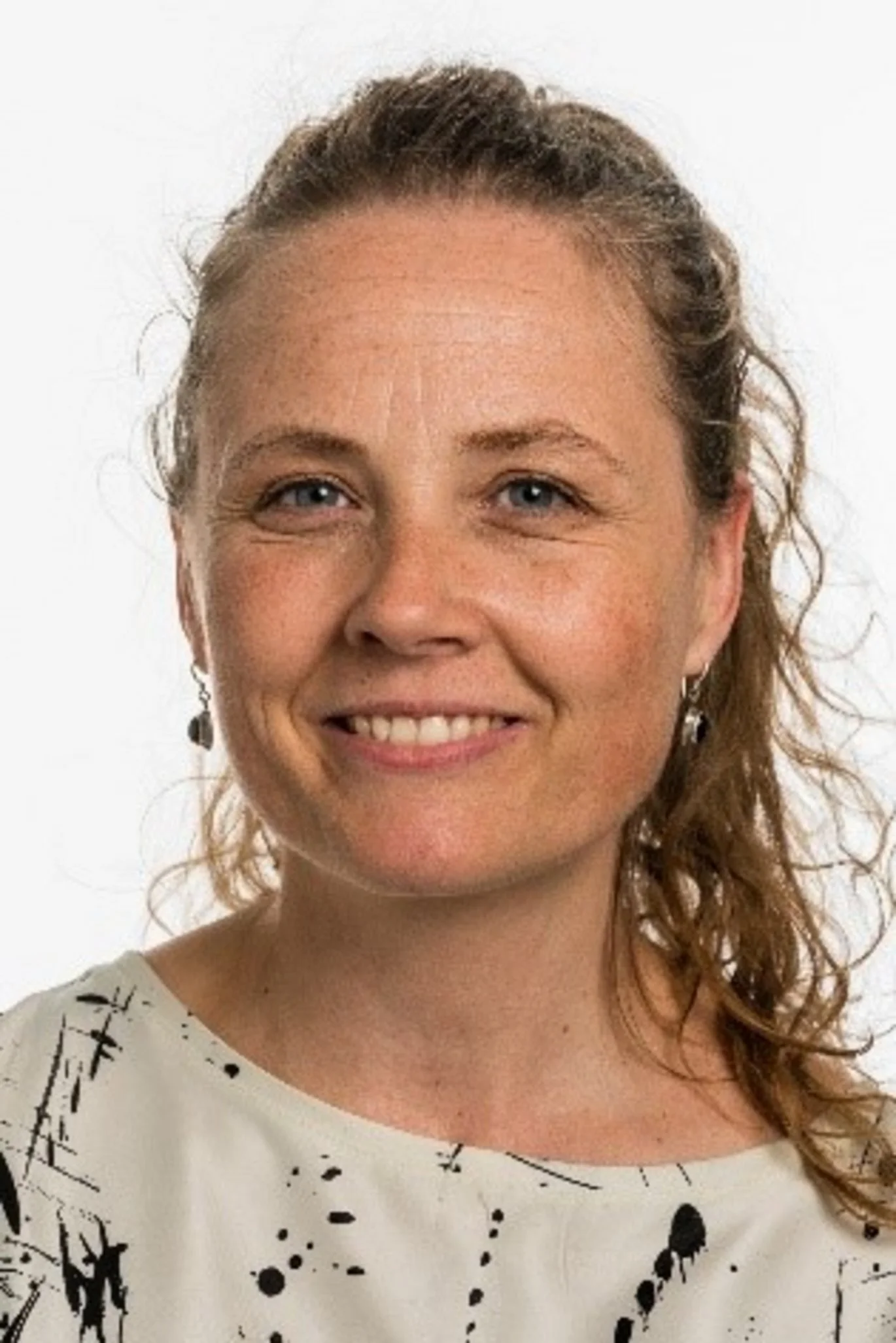Occupational noise
A quantitative job-exposure matrix (JEM) for occupational noise has been developed, incorporating an extensive set of measurements spanning the years 1970–2022.
The JEM was created by a team of experienced researchers in occupational medicine and is based on over 5,400 individual noise measurements conducted in various occupational settings. These measurements were performed and reported by occupational hygienists, occupational health and safety engineers, or similar professionals in Sweden and Denmark between 1970 and 2022. The dataset includes both original A-weighted equivalent continuous sound levels from 8-hour measurements (LAeq(8h)) and calculated LAeq(8h) values derived from partial measurements of the working day, provided the recorded task was representative of a full working day.
Each occupation was in parallel categorized into one of three exposure groups (<80, 80–84, or ≥85 dB(A)) through an expert-based assessment, incorporating prior knowledge. The measurements, combined with expert assessments, were integrated into a mixed model to assign a noise level to each occupation. To ensure continuous refinement, additional measurements will be progressively incorporated into the JEM, improving its accuracy, extending the time span covered, and maintaining its dynamic nature.
The Noise JEM currently includes 372 occupational groups, classified according to ISCO-88 (COM), with data on occupational noise exposure from 1970 to 2022. The estimated 8-hour time-weighted average (TWA) noise level, measured in decibels [dB(A)], is presently presented as a continuous value across the entire time period. However, future updates will provide noise level estimates for distinct time periods, allowing for a more detailed temporal analysis.
Contact persons
Mattias Sjöström
Adjunct LecturerJenny Selander
Principal Researcher
Henrik Kolstad
Professor
